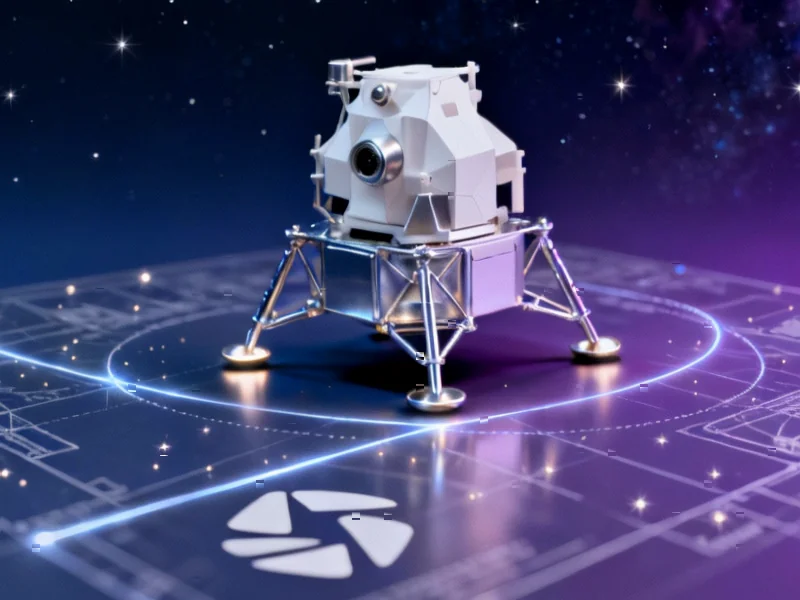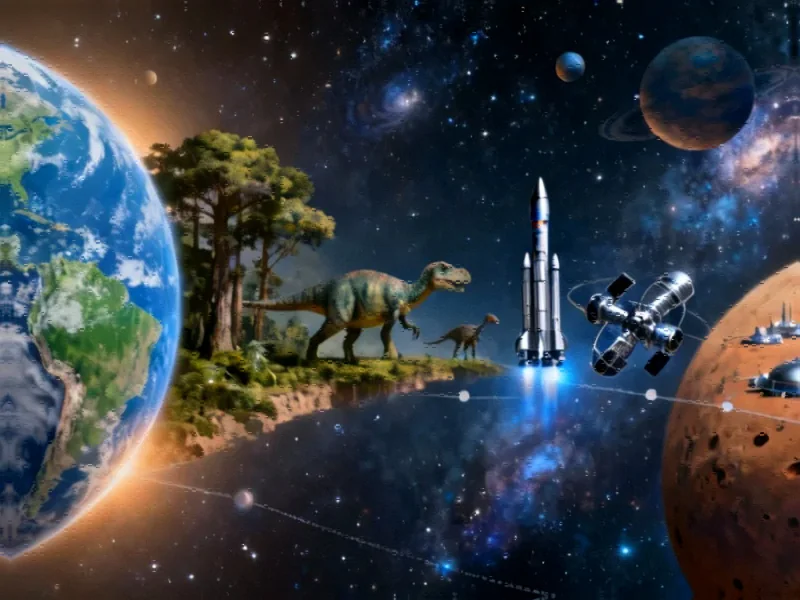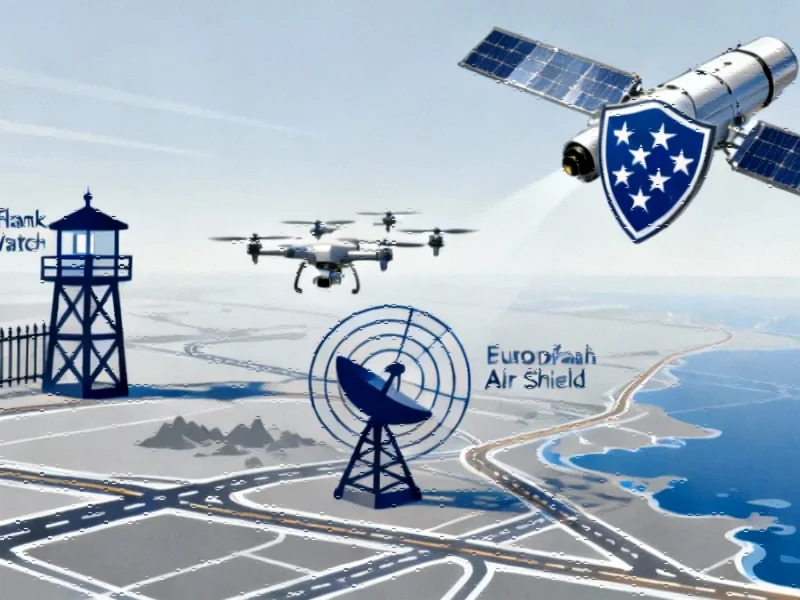NASA Seeks Alternative Moon Landing Solutions
NASA is expanding its lunar lander development program beyond SpaceX as the agency faces schedule pressures and growing international competition. Acting Administrator Sean Duffy announced Monday that the space agency will open bidding to additional contractors, citing concerns about SpaceX’s progress and the urgent need to beat China’s lunar ambitions.
“We’re not going to wait for one company,” Duffy stated during a CNBC interview. “We’re going to push this forward and win the second space race against the Chinese.” The announcement comes as China aims to land astronauts on the moon by 2030, creating what many see as a new era of space competition.
Accelerated Timeline Creates Technical Challenges
The accelerated schedule presents significant engineering hurdles. President Trump wants a moon landing before January 20, 2029, giving NASA less than three and a half years to develop and build a new lunar lander. This compressed timeline would likely add billions to NASA’s existing budget and require innovative approaches to spacecraft development.
Douglas Loverro, former NASA associate administrator for human exploration, emphasized that speed requires using existing technology. “In order to go ahead and build a lander in under five years, you can’t invent anything new,” he said. “Anything you use has to already exist.” This philosophy represents a significant shift from current industry developments focused on next-generation designs.
Competitors Position Themselves for Lunar Contracts
Blue Origin, Jeff Bezos’ space company, emerges as a leading contender despite Elon Musk’s public skepticism about their capabilities. “Blue Origin has never delivered a payload to orbit, let alone the Moon,” Musk posted on X. However, Blue Origin is already developing a $3.4 billion lunar lander for the Artemis V mission, though that mission isn’t scheduled until the 2030s.
Lockheed Martin is pursuing a different approach, working on a two-stage spacecraft that would reuse existing hardware. Rob Chambers, Lockheed’s human spaceflight strategy director, described their method as similar to the improvisation in “Apollo 13,” where engineers had to create solutions from available components. This strategy could represent one of the most significant related innovations in spacecraft development methodology.
Technical Hurdles and Alternative Approaches
SpaceX’s Starship, while technologically ambitious, faces multiple challenges for lunar missions. The vehicle requires complex orbital refueling operations and has encountered setbacks during test flights. Jim Bridenstine, former NASA administrator, noted that Starship’s “extraordinarily complex” architecture might not be optimal for beating China to the moon.
Lockheed Martin’s alternative design would use Orion capsule components for the crew area and potentially incorporate elements from Blue Origin’s cargo lander technology. This modular approach reflects broader market trends toward adaptable space systems. As companies navigate these complex technical landscapes, they’re also watching other recent technology sectors for inspiration.
Budgetary and Schedule Realities
Despite the political urgency, industry leaders express caution about the 2029 deadline. “I’ll just be honest that that date that Secretary Duffy put out is one hell of a challenge for the industry,” Chambers acknowledged. Traditional aerospace companies like Lockheed Martin would likely require different funding models than the privately-funded approaches of SpaceX and Blue Origin.
The search for lunar landing solutions comes amid wider industry developments in space technology. As NASA evaluates its options, the agency must balance innovation with reliability, a challenge that echoes throughout the aerospace sector. The ultimate solution may involve multiple approaches, reflecting the complex nature of modern market trends in space exploration.
NASA’s decision to diversify its lunar lander development represents a significant shift in strategy that could reshape the space industry for years to come. As the agency moves forward with its request for information from commercial partners, the entire space sector watches closely, aware that the outcome will influence not just lunar exploration but the future of human spaceflight.
This article aggregates information from publicly available sources. All trademarks and copyrights belong to their respective owners.
Note: Featured image is for illustrative purposes only and does not represent any specific product, service, or entity mentioned in this article.


